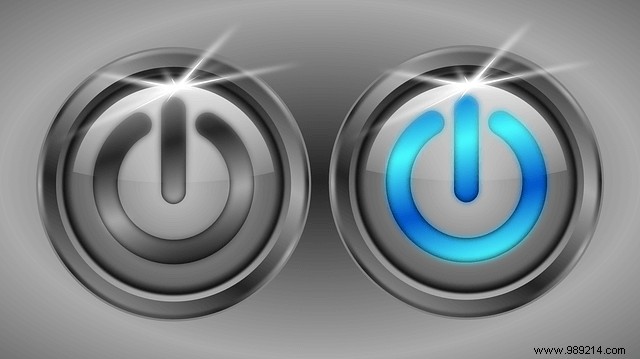Restarting your computer is a common task. Whether it's troubleshooting or installing software and hardware, most computers restart fairly regularly. And those that don't might start showing issues until they're restarted. What happens when you restart your computer? It's actually a pretty simple process involving some pretty basic commands.

Most of your computer's shutdown and restart processes are controlled by ACPI (advanced configuration and power interface) power states. Power states come in several flavors and are controlled by the motherboard. These power states come from ACPI, or Advanced Configuration and Power Interface, which controls power management in your PC. There are a few important power states that help us understand how the computer works.
Restarting is a key troubleshooting step as it resolves a wide variety of issues. But how?
During the reboot process, all computer logic is reset. This means that the CPU, memory, controllers, and peripherals all receive their reset commands and return to their boot states. By erasing everything that happened before, this reset can often fix problems by resetting things to their "new" state. Of course, this does not mean that the problem will not reoccur. But this fresh start often removes the offending gremlin, at least temporarily.